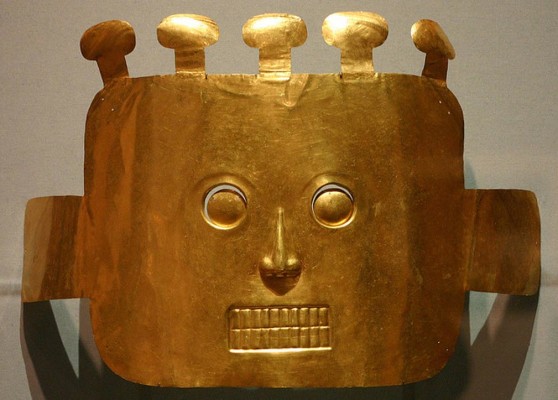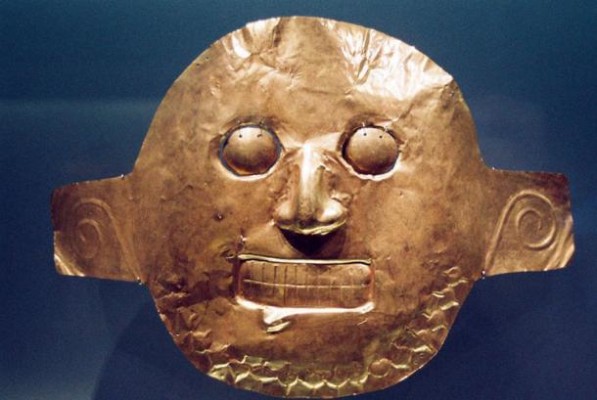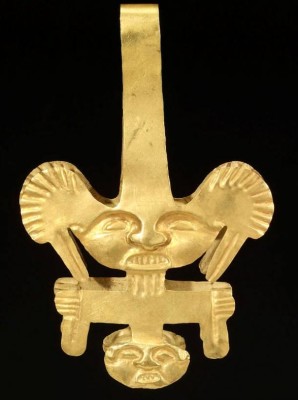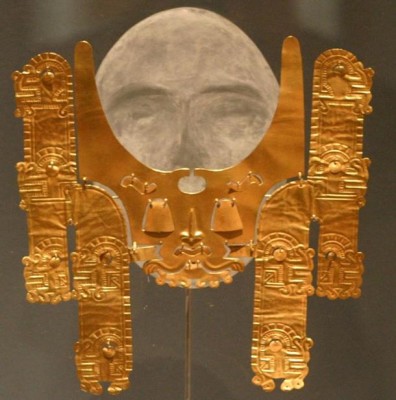Malagana, also known as the Malagana Treasure is an archaeological site of Colombia named after the sugarcane estate where it was accidentally discovered in 1992. During a few days after its discovery, the place was subject to a large-scale looting with a rough estimate of 4 tons of pre-Columbian artifacts illegally removed from the burial mounds. A rescue archaeological mission was sent by the National Institute of Anthropology and History, led by archaeologist Marianne Cardale. Archaeological excavations at the site established a previously unknown cultural complex, designated as Malagana-Sonsoid, that dates between 300 BC to 300 AD.

The discovery of the treasure began with an accident in a sugarcane field at Hacienda Malagana, which is situated on the flatlands of the fertile Cauca river valley, near the city of Palmira in western Colombia. A worker was driving a piece of heavy equipment (a tractor) across the field when the ground suddenly collapsed, and the vehicle fell into a large hole. As the driver inspected his predicament, something shiny caught his eye. The object was made of gold, and the hole turned out to be an ancient hypogeum. The worker removed some of the goldwork items and quietly sold them. Before long, his activities caught the attention of others. Between October and December 1992, hoards of gold-seekers arrived in Hacienda Malagana’s sugarcane field.

According to newspaper accounts, the looters numbered as many as 5,000. Reporters on the scene captured the bedlam on camera and published their photographs in newspapers. Even the police and army on the scene were ineffective in controlling the chaos, including one murder, and the wide scale destruction of the ancient cemetery. Countless artifacts were carried off by the treasure hunters. The weight of the gold objects that were taken from the site has been estimated at 160 kilograms (352 pounds) by one source (Bray 2000:94) and between 140 kilograms (308 pounds) and 180 kilograms (396 pounds) by another, who speculates that the amount might even have been greater than 180 kilograms.

The Hacienda Malagana and the area surrounding it still experiences incidences of looting. In 1999, the newspaper El Tiempo reported that as many as 100 to 300 looters could be found digging around the Hacienda Malagana on any given weekend. Some of the gold artifacts were recently displayed in the United States. The Smithsonian National Museum of Natural History in Washington, D.C., presented an exhibit entitled “The Spirit of Ancient Colombia Gold” from November 9, 2005, through April 9, 2006. A total of 280 gold objects were loaned from the Museo del Oro of Bogotá for the exhibition.

